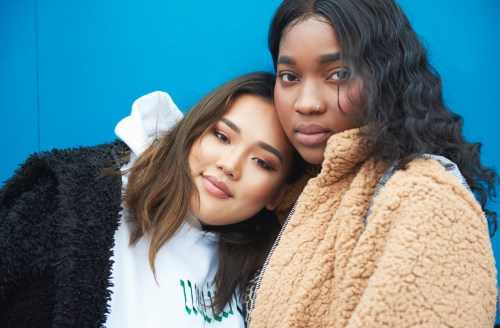For most folks, living through a pandemic was probably the last thing they expected would happen in their lifetimes. But the ongoing COVID-19 crisis has shut down the world and continued to disrupt our sense of normalcy and safety.
These disruptions have had massive impacts on our emotional, physical, and mental health as we collectively have had to learn how to navigate global trauma. A KFF Tracking poll conducted in July 2020 found that 53 percent of U.S. adults reported that the pandemic was negatively impacting their health—as opposed to only 32 percent in March of that year. The poll also found that stress and isolation of the crisis have impacted people’s ability to sleep and eat well, and in many cases, triggered an increase in alcohol and substance misuse as people struggle to cope.
What we also saw, however, was a shift in stigma associated with mental health as many people sought mental health treatment to combat issues like anxiety and depression. And with the increased demand has thankfully brought new innovations in telemedicine and other digital health services to bring mental health treatment to more people.
Despite it being a new year, the pandemic is not over and the need for mental health services as well as awareness has not changed. As we move forward, it is critical that our society collectively does the work to shed light on not only mental health struggles, but practices that we can do that are sustainable, accessible, and pushes against negative stigmas. Here are three ways I believe as a therapist we can continue to move the needle of mental health awareness.
1. Continue to amplify the value of therapy
Going to therapy used to have a negative connotation—often associated with weakness or a last resort reserved only for those who were chronically mentally ill. With pandemic-induced stress and social isolation continuing to take a toll, more people are beginning to see the benefits of therapy; the more therapy is normalized, the more we will see people seeking help for issues ranging from mood disorders to learning how to practice boundaries and be more assertive. One of my favorite posts to see on social media is when people share what they learned from therapy, with lists of life-changing information they learned with their therapist. It can be this easy to amplify therapy by sharing your experiences. Share it with your friends and family and other people in your life who could also benefit from therapy as well.
2. Donate to nonprofit organizations providing therapy funds to underserved individuals
One big barrier that keeps people from seeking therapy aside from stigma? Cost. The average cost of a therapy session, depending on the city you live in, can be as high as $200 per session—out of reach for many even before the pandemic pushed 8 million more people into poverty in 2020. (Not to mention the fact that financial hardship can have a huge impact on mental health.) This is why non-profit organizations that gather financial resources for those who are underserved and connect them to therapy by covering their costs is vital. If you have means, consider giving to one of these organizations to pay it forward. One of my favorite groups is The Loveland Foundation that helps connect Black, Indigenous, and people of color (BIPOC) to therapy service.
3. Revisit the meaning of mental wellness
Although therapy is one of the most recommended resources for taking care of our mental health, there are other wellness practices that we can do to sustain our well-being such as joining a support group, using creative arts such as dance, music, and writing, engaging in a sport, being in nature, and even using ancestral healing through meditation, herbs, essential oils and writing. Mental wellness is not homogenous, but the current “mainstream” wellness industry caters to a white-centered audience. Because of this, accessible wellness practices are not reaching those from other races and ethnicities—which also means there is still a gap when it comes to meeting the needs of BIPOC mental health.
Collectively, we can move the needle by ensuring wellness trends and practices are not specific to one demographic but are versatile and have the capacity to reach many people despite their race or gender. We can truly close the mental health gap when we make space to ensure that everyone gets a seat at the table. This can look like supporting black-owned businesses with your dollars to keep their doors open, diversifying who you learn from, and reading books on mental health and wellness written by BIPOC authors.
As we continue to navigate the terrains of the pandemic in 2021, let us also continue to rally behind emotional wellness on a micro and macro level, and push to ensure that we are going upward when it comes to mental health awareness.
Have you checked out The Well+Good SHOP? Our editors sift through hundreds of products every week so that you don’t have to—and now, you can find their faves (from skin care to self care and beyond) in one carefully curated space. What’re you waiting for? Get shopping!
Sign Up for Our Daily Newsletter
Get all the latest in wellness, trends, food, fitness, beauty, and more delivered right to your inbox.
Got it, you've been added to our email list.











